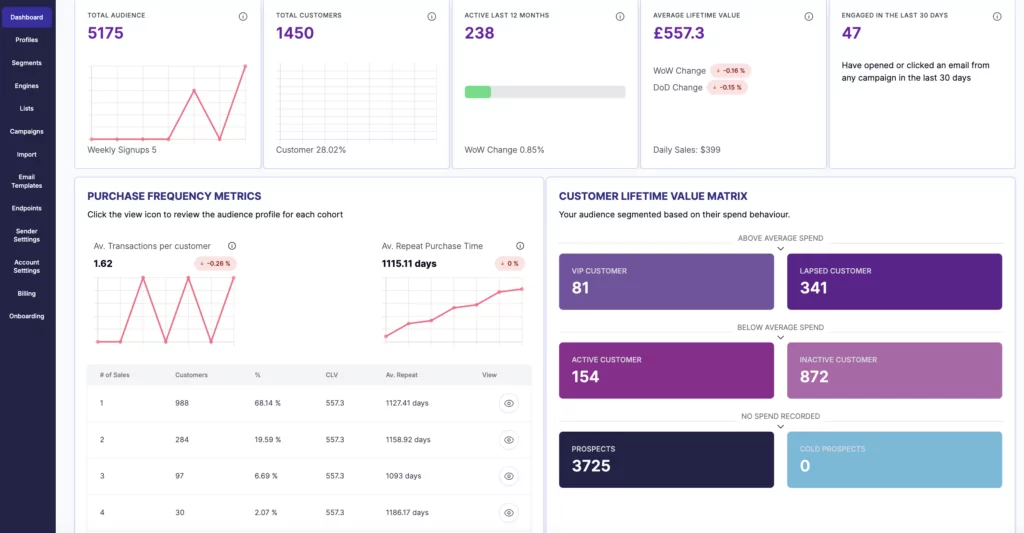Post updated 4 May 2020
Is your programme really building customer loyalty
Building customer loyalty isn’t just about issuing points, it’s much deeper than that.
I’ve been involved with loyalty marketing for close to 20 years now, and it’s often regarded as a points mean prizes exercise.
The truth is it isn’t.
It’s a data-driven strategy, that often involves the creation of a points based currency to ‘reward’ customer behaviour. And with GDPR now a requirement of doing business, it’s probably more important for businesses to understand their data than ever before.
Tesco Clubcard Voucher Scandal
Several years ago, Tesco Clubcard holders were in outrage that their points had been ‘devalued’. That was the headline, the reality was that they changed one of the exchange mechanisms for points.
Why did they do it?! Don’t they value our custom screamed the headlines across the tabloids, and the Money Saving Experts. ‘Is this the death of loyalty programmes? wrote another piece on the BBC.
What did they do?
Rather than having two tiers of exchange, either two times or four times depending upon the reward partner. Tesco have tried to simplify it. Using one rate of exchange for all, three times the value of the voucher.
As a result, the rate of exchange for Pizza Express vouchers moved overnight from 4x to 3x the voucher value.
Currency Crash
Now we all know a currency crash when we see one, and this has been a 25% reduction in value for ‘loyal’ customers. But the issue isn’t really in the change, the issue is in the execution of the change.
Loyalty points act as a currency. They do actually have a financial value, for example, Tesco has to hold the ‘value’ of unredeemed vouchers within it’s accounts.
Point valuations don’t tend to fluctuate much, the value of the points is more like the bond market than a currency market. The cost of loyalty points very rarely fluctuate without notice.
By changing the value of the vouchers without notice, Tesco have made a bit of an error. Needlessly upsetting a load of their customers hoping to go to Pizza Express for free pizza next week. Not an act that stimulates good feeling and building customer loyalty.
Is it the death of loyalty programmes?
Er, no. As mentioned earlier, loyalty is a data driven business strategy, used to identify and retain the most profitable customers.
I’d argue strongly with GDPR now in place, businesses need to find compelling ways to create customer engagement and reasons to ‘consent’ are should be high on the agenda for most businesses.
What are you going to do about it?
In fact, GDPR gives a legal jolt to businesses to finally take responsibility for the personal data they collect and how they use this data. So a strategy to build loyalty with your customers is more important that ever.
It just might be that points and a card aren’t the best way for you to do it. That’s ok, because other methods are available.
One thing we can guarantee is that the starting point with that is always your customer data, that’s why we built Websand in the first place.

If you’d like to talk that through, get those comments flowing below.
Of course, if you’d like some help building your customer loyalty, we’d love to help so please get in touch.
It’s time to start getting more from your email marketing
Sign up for a free Websand demo and let’s show you how to get the best from your email marketing.
